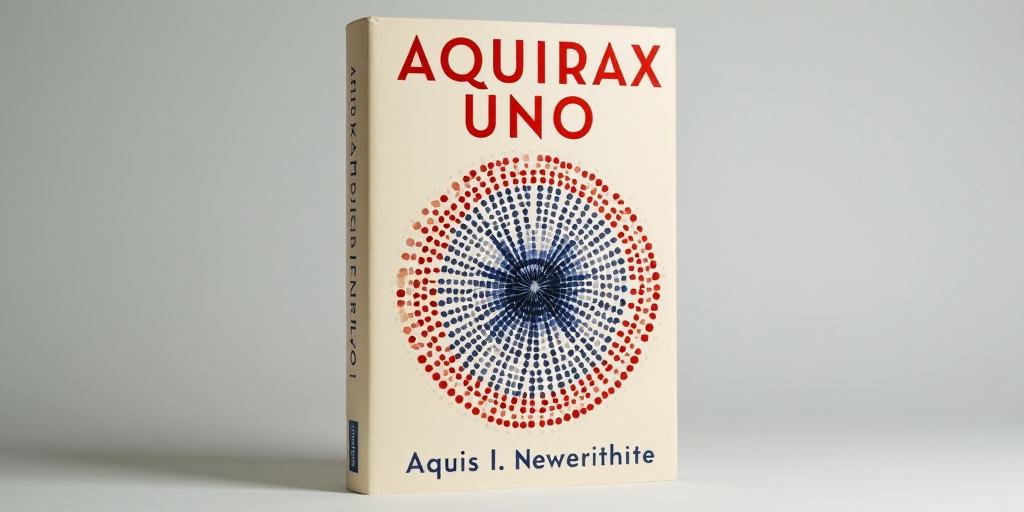Introduction
In an interview, Jesús Esquivel, author of the book “Los cárteles gringos. La crisis del fentanilo en Estados Unidos y el fracaso de la DEA para combatirla,” explains that American drug distributors have become partners and peers of Mexican cartels in recent years.
The American Drug Cartel Landscape
Esquivel asserts that the U.S. government, through the Drug Enforcement Administration (DEA), has traditionally blamed Mexican cartels for drug trafficking within the country. However, he argues that this narrative is misleading.
According to Esquivel, the real drug trafficking organizations in the U.S. are domestic cartels, comprising gangs and motorcycle clubs. These groups handle logistics, transportation, sales, distribution, price-setting, and money laundering.
The DEA’s Annual Maps
Each year, the DEA publishes a map allegedly showing Mexican cartel presence in all 50 U.S. states. Esquivel contends that this is a ploy to obscure the reality: American cartels control the drug trade.
Book’s Objective
Esquivel aims to inform Mexican readers about the existence of American criminal organizations involved in drug trafficking, using sophisticated methods and violence to evade U.S. law enforcement.
He shares insights from those who have directly confronted American cartels, detailing their characteristics.
Government’s Narrative on Drug Trafficking
The U.S. government’s traditional narrative blames Mexican cartels for drug trafficking, from entry into the country to reaching the final consumer. This approach serves political and commercial interests, such as imposing tariffs under the guise of combating organized crime.
Despite public reluctance to acknowledge American cartels, Esquivel argues that former DEA agents like Polo Ruiz have privately acknowledged their existence.
Key Differences Between Mexican and American Cartels
American cartels differ from their Mexican counterparts in several ways:
- Territory Control: American cartels control smaller areas like neighborhoods or city blocks, unlike Mexican cartels that often manage vast territories.
- Organizational Structure: American cartels, such as the Hells Angels, have multiple factions or groups within a single state, each led by its own president and vice-president. This decentralized structure makes them harder to dismantle.
- Violence: While American cartels use violence, they employ it more subtly than Mexican cartels to intimidate and control their operations without causing widespread fear in society.
Impact of Fentanyl on Drug Trafficking
The introduction of fentanyl has significantly impacted drug trafficking:
- Affordability and Ease of Trafficking: Fentanyl-laden pills are cheaper and easier to smuggle than other drugs.
- Profitability: Fentanyl generates substantial revenue due to its high demand and low production costs.
- Production Capabilities: With proper precautions, clandestine labs can produce fentanyl using chemicals sourced from Asia.
The opioid crisis, fueled by the pharmaceutical industry’s sale of fentanyl-containing painkillers, has exacerbated the problem.
Why Trump Won’t Directly Target American Cartels
Esquivel suggests that President Donald Trump avoids explicitly targeting American cartels due to legal implications.
Designating Mexican cartels as terrorist groups under the Patriot Act would obligate the U.S. government to label American cartels, along with related industries like firearms manufacturing, pharmaceuticals, and financial institutions, as terrorist entities.
Conclusion
Esquivel’s book sheds light on the complexities of drug trafficking in the U.S., revealing that American cartels, though less visible than their Mexican counterparts, play a significant role in the drug trade. Understanding these dynamics is crucial for addressing the ongoing challenges of drug trafficking and addiction in both countries.






